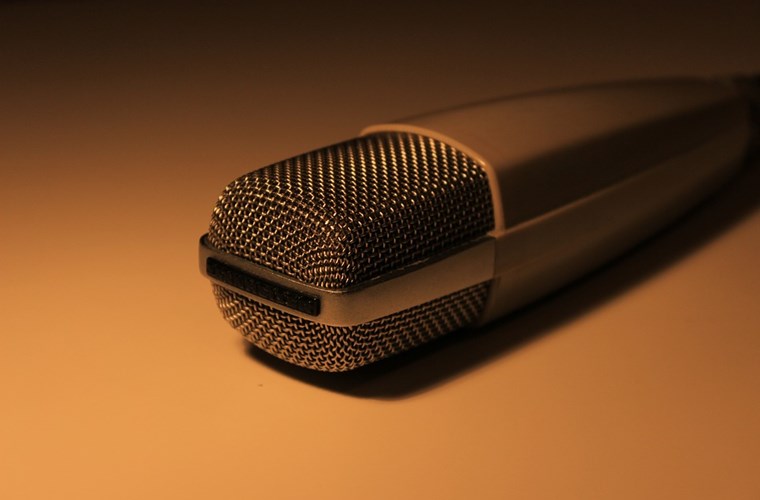Enquiry into an industrial user experience at NFFA-Europe

Dorian Martin interviews Alex Robinson from Irresistible Materials Ltd
Is it easy to find? Is it accessible? Is it usable, useful, and valuable? The user experience is a rising concern among those who provide any type of interactive platform, and especially when it comes to H2020 programs like NFFA-Europe that put the easy access argument at the center of their offer.
Alex Robinson, from Birmingham, recently had access to the Paul Scherrer Institute with the company Irresistible Materials Ltd, through NFFA-Europe. We asked him about his experience as user inside NFFA-Europe.
Dorian Martin - NFFA-EU:
What are the circumstances that led you to contact NFFA-Europe?
Alex Robinson (Irresistible Materials Ltd):
I heard about NFFA from contacts in the EUV scientific area who were already involved. Contacted NFFA via email. Development of products supporting Extreme Ultraviolet Lithography has led us to request access to nanofabrication testing facilities. In particular access to EUV lithography on a tool that does not have the materials limitations and low throughput/high cost of industrial tools.
DM: What did you expect from NFFA-Europe before using our platform?
AR: I have not worked with an H2020 access program like NFFA-Europe before. I had made use of the US DOE facilities access programs to work at the Molecular Foundry and the ALS in the USA, and had used direct proposals to access the SLS at PSI in the past. I am not sure I had any particularly clear expectations. I was hoping for easy applications to the system (often such applications are complex) and fast turn-arounds on proposals. In both respects the platform addressed my needs.
DM: What answer did NFFA-Europe give to your challenge?
AR: We were given access to the EUV lithography tool at PSI as well as SEM imaging and electron beam lithography. Our equipment needs were fully addressed, although it would have been better if the amount of access available was higher.
DM: How did it helped you and your project/company?
AR: The tools provided by NFFA are not limited by many of the semiconductor industry 'regulations' that many industrial facilities have. For instance for a new material to go in to the NXE3300 tool at IMEC there is a formal and somewhat time consuming procedure to qualify each and every new material or formulation so that the tool is not damaged. The NFFA tool at PSI is altogether more robust and does not have this restriction. We have therefore been able to qualify a wide range of potential formulations at the PSI tool. We were able to compare old and new materials side by side in small chip tests that enable many samples to be processed at one time. This has enabled us to screen many formulations and one of these has already been taken forwards to the more rigorous screening prior to submission to an industrial tool.
DM: What facility did you used with NFFA-Europe that you would never have used otherwise?
We used the lithography facilities at PSI. We had previously used the EUV resource, but used the electron beam lithography tool for the first time through NFFA. If it weren't for NFFA-Europe, it would not have been possible for us to have access to this tool otherwise.
DM: How did you work with NFFA-Europe?
We travelled to the facilities, and having received appropriate training, we used the equipment by ourselves. We have developed a strong relationship with the facility we have been granted access to (PSI), although it is not clear how we will sustain this as we have been told that we are approaching the maximum access that is possible through NFFA, and there is not an obvious alternative route to access.

